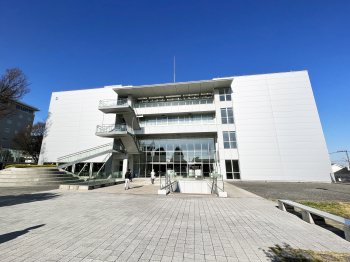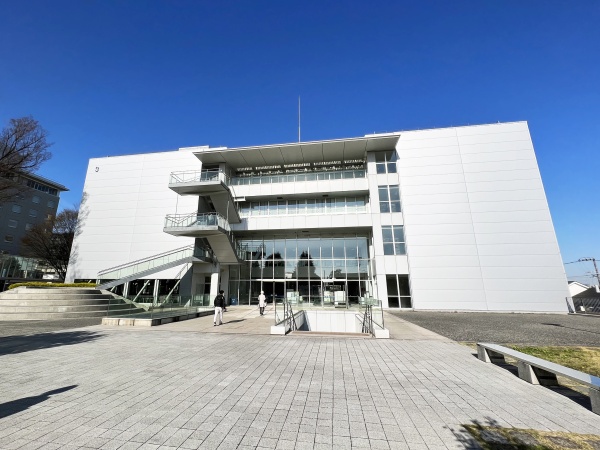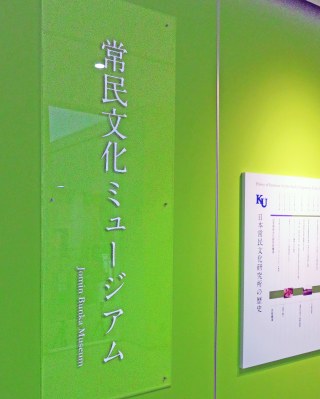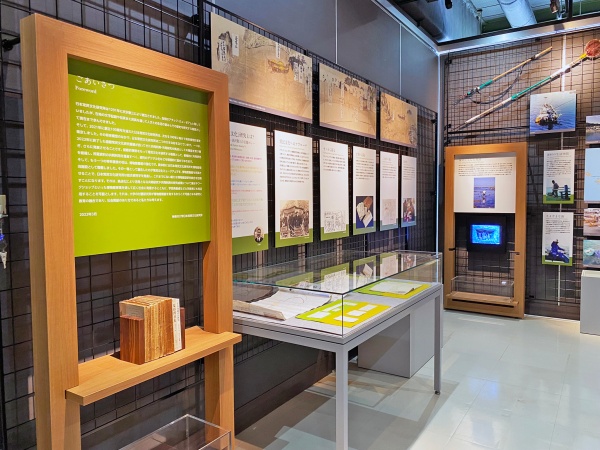Jomin Bunka Museum
Kanagawa University Museum Commons


The Kanagawa University Museum Commons comprises three zones split into three exhibition rooms (Kanagawa University History Exhibition Room, Jomin Bunka Museum, and Special Exhibition Room), a study space, and a multi-purpose lounge area. This area as a whole is referred to as the “Museum Commons,” whereas the lounge is named the “Yoneda Yoshimori Memorial Lounge,” after the founder of Kanagawa University. This space is used to disseminate the history and research results of the university mainly through exhibitions and, furthermore, as a place for learning and exchange open to students and the local community.
Building 3, Yokohama Campus, Kanagawa University
[Open]
10:00-16:30 (usually)
10:00-15:00 (September 1st to September 18th, February, March)
[Closed]
Sundays, National holidays *Except for class days
University holidays, Saturdays during non-class periods
Jomin Bunka Museum


The Institute, as a research institute with museum functions, aims at a new form of integrated museum studies.
The former Exhibition Room was reopened on March 13, 2023, as the Jomin Bunka Museum. This museum is a place where historical and folkloric materials collected through research activities are made widely available to the public, the findings of joint research projects are made available to society through exhibitions and other museum activities and are actively utilized for curatorial training and university education.
The new exhibition is divided into four corners—Approaches to Studying Japanese Folk Culture, Life along the Sea and Its Wisdom, Fabrics for Everyday Clothes, and Documenting Local Lives. There is a a map of Japan on the floor indicating the regions covered by the archived materials on life and culture published by the ISJFC, whereas the outer wall shows a chronological chart of the 100-year history of folk culture research.
Permanent Exhibitions
-
 Approaches to Studying Japanese Folk Culture
Approaches to Studying Japanese Folk Culture
-
 Life along the Sea and Its Wisdom
Life along the Sea and Its Wisdom
-
 Fabrics for Everyday Clothes
Fabrics for Everyday Clothes
-
 Documenting Local Lives
Documenting Local Lives


